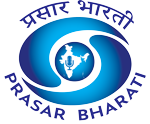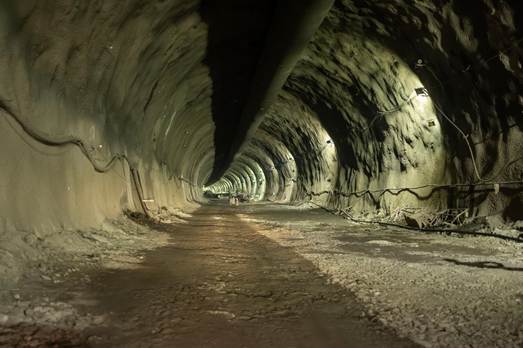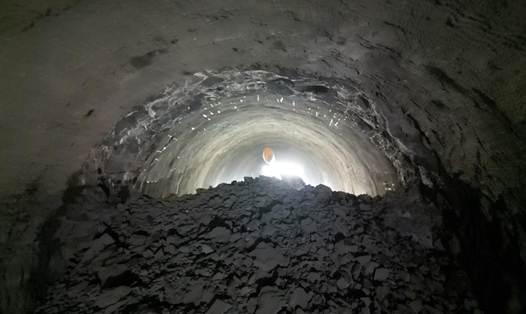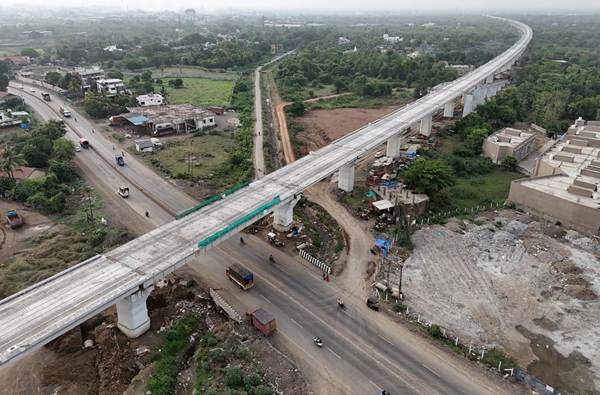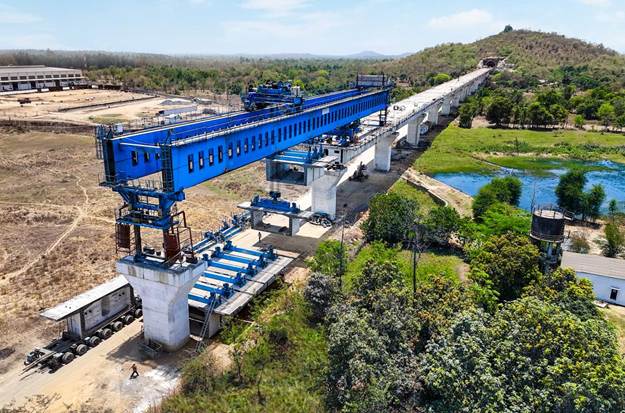In a major boost to India’s first high-speed rail project, the construction of the first section of the 21 km undersea tunnel between Bandra-Kurla Complex (BKC) and Thane has been successfully completed. This undersea tunnel is part of the ambitious Mumbai–Ahmedabad Bullet Train project, which is being built in collaboration with Japan using advanced Shinkansen technology.
According to the latest update from the Ministry of Railways, civil construction across the 508 km corridor is progressing rapidly. So far, 310 km of viaducts have been constructed, alongside the completion of 15 major river bridges, while work on four more bridges is at an advanced stage. Of the planned 12 stations along the route, five have already been completed and three more are nearing completion.
One of the engineering highlights of the project is the Mumbai terminus at Bandra Kurla Complex (BKC). This station will be located 32.5 metres below ground level and has been designed with a robust foundation capable of supporting a 95-metre high building above ground, showcasing cutting-edge construction capabilities.
In a major boost to India-Japan technological cooperation, the Japanese government has confirmed that the next-generation E10 Shinkansen trains will be deployed on the Mumbai–Ahmedabad corridor. Notably, these trains will debut simultaneously in Japan and India, underlining the depth of the strategic partnership between the two countries.
The entire bullet train corridor is being built using state-of-the-art Shinkansen technology, which is globally recognised for its exceptional speed, safety and reliability standards. This project aims to redefine India’s passenger rail experience and set new benchmarks for infrastructure development in the country.
Track laying, installation of overhead electrical wires, and procurement of operational systems are also progressing in parallel, ensuring that the project stays on schedule.

